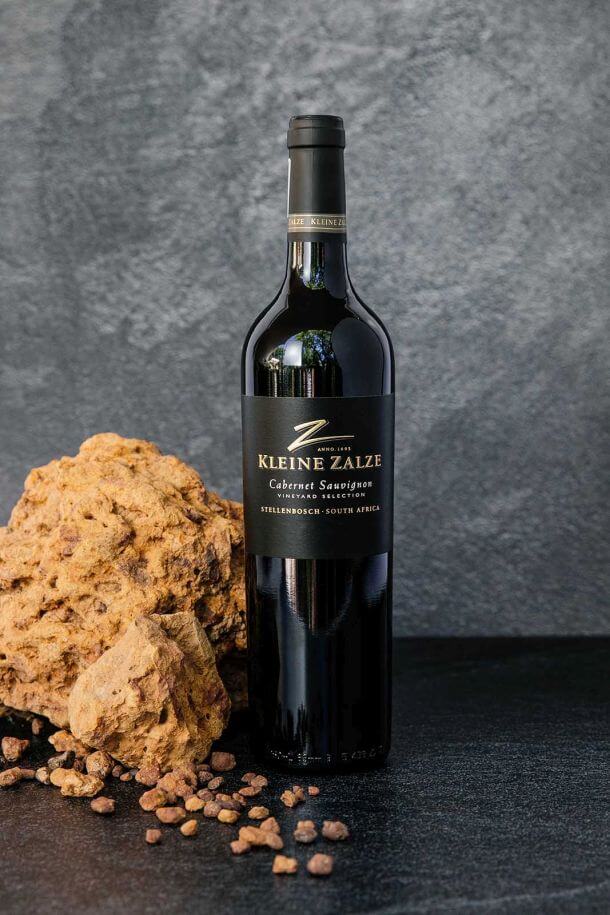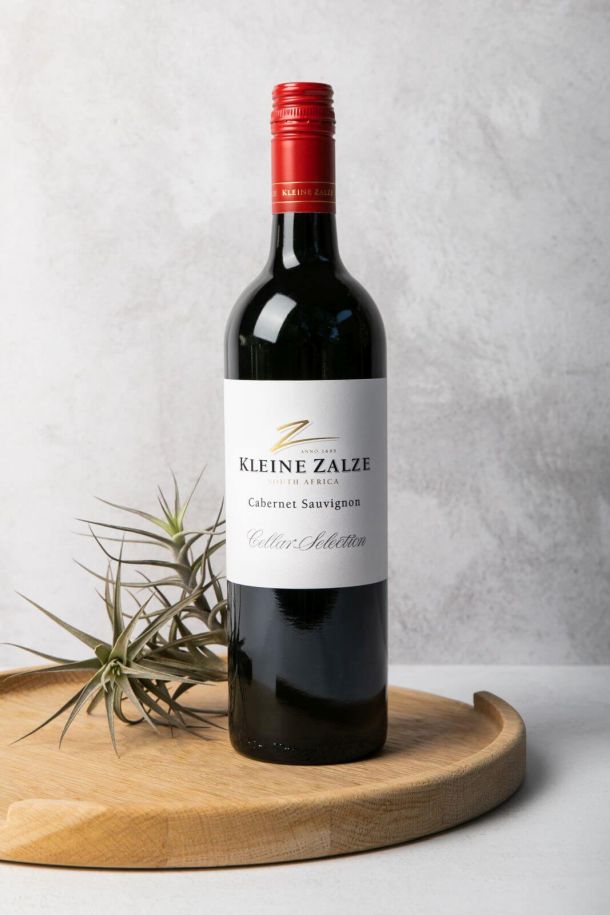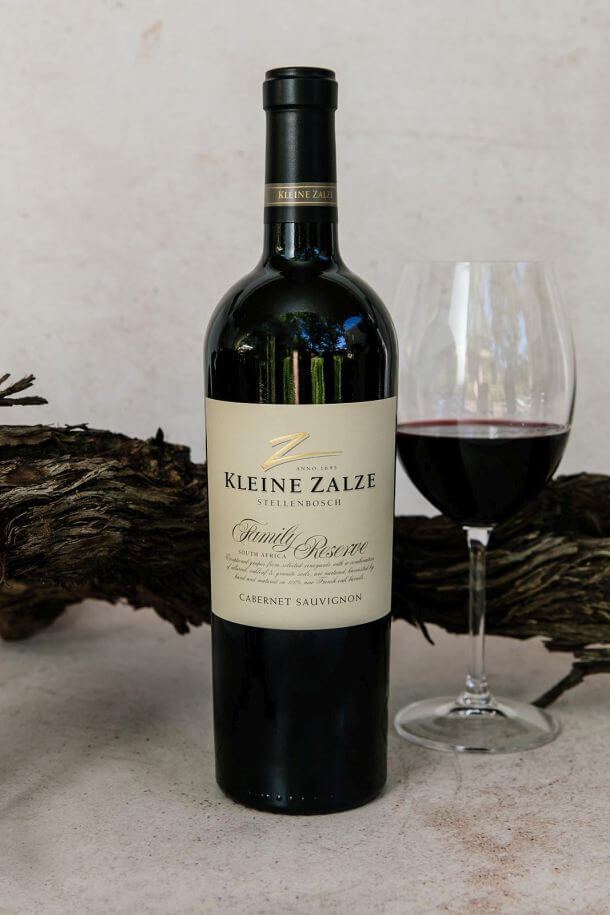Vineyard Selection
Cabernet Sauvignon
This wine is a classically structured Cabernet that showcases its provenance. Upfront herbal notes open up in the glass, to reveal intense dark fruit. These flavours follow on the palate with cassis and black cherries being supported by a subtle herbaceous note.
R185.00
R1,260.00 / Case (R210.00 / Bottle)
R185.00
Winemaker's Notes
This wine is a classically structured Cabernet that showcases its provenance. Upfront herbal notes open up in the glass, to reveal intense dark fruit. These flavours follow on the palate with cassis and black cherries being supported by a subtle herbaceous note. An elegantly structured wine with fine tannins and beautifully integrated oak that lingers almost unendingly on the back palate. A fantastic companion to most meat dishes and will also reward careful cellaring for at least 10 years.
Ipsum dolor sit amet, consectetur adipiscing
The fruit for this wine was sourced from our own vineyards with a few selected parcels from other Stellenbosch blocks. Most of these vineyards are grown on soils consisting of ferricrete – also known as “koffie klip” – in various stages of decomposition. These soils are clay- and iron rich, and exceptionally well-suited for production of quality Cabernet Sauvignon. The Spring of 2020 was marked by frequent cold fronts, delaying bud burst by 5-7 days. Temperatures remained moderate during the summer, resulting in a two-week delay in the start of the harvest compared to preceding vintages. The viticultural and winemaking team had to wait patiently for the grapes to reach phenolic ripeness. The prolonged ripening meant the grapes had an intense concentration of flavours at harvest time, promising great wines with excellent aging potential.
Vinification
The various blocks were harvested at optimum ripeness and vinified separately. After de-stemming, the grapes were fermented in a combination of stainless-steel tanks and traditional open-top fermenters. We used a combination of “punch down” and “pump over” at different stages during fermentation for the best possible extraction and to get balance between flavour and tannin levels. Special care was taken not to over extract the wine and maintain density without compromising elegance. After primary fermentation the grapes were gently pressed and transferred to French oak barrels (40% new, 30% second fill and 30 % third fill) for 20 months before final blending.
This wine is a classically structured Cabernet that showcases its provenance. Upfront herbal notes open up in the glass, to reveal intense dark fruit. These flavours follow on the palate with cassis and black cherries being supported by a subtle herbaceous note. An elegantly structured wine with fine tannins and beautifully integrated oak that lingers almost unendingly on the back palate. A fantastic companion to most meat dishes and will also reward careful cellaring for at least 10 years.
The fruit for this wine was sourced from our own vineyards with a few selected parcels from other Stellenbosch blocks. Most of these vineyards are grown on soils consisting of ferricrete – also known as “koffie klip” – in various stages of decomposition. These soils are clay- and iron rich, and exceptionally well-suited for production of quality Cabernet Sauvignon. The Spring of 2020 was marked by frequent cold fronts, delaying bud burst by 5-7 days. Temperatures remained moderate during the summer, resulting in a two-week delay in the start of the harvest compared to preceding vintages. The viticultural and winemaking team had to wait patiently for the grapes to reach phenolic ripeness. The prolonged ripening meant the grapes had an intense concentration of flavours at harvest time, promising great wines with excellent aging potential.
The various blocks were harvested at optimum ripeness and vinified separately. After de-stemming, the grapes were fermented in a combination of stainless-steel tanks and traditional open-top fermenters. We used a combination of “punch down” and “pump over” at different stages during fermentation for the best possible extraction and to get balance between flavour and tannin levels. Special care was taken not to over extract the wine and maintain density without compromising elegance. After primary fermentation the grapes were gently pressed and transferred to French oak barrels (40% new, 30% second fill and 30 % third fill) for 20 months before final blending.




